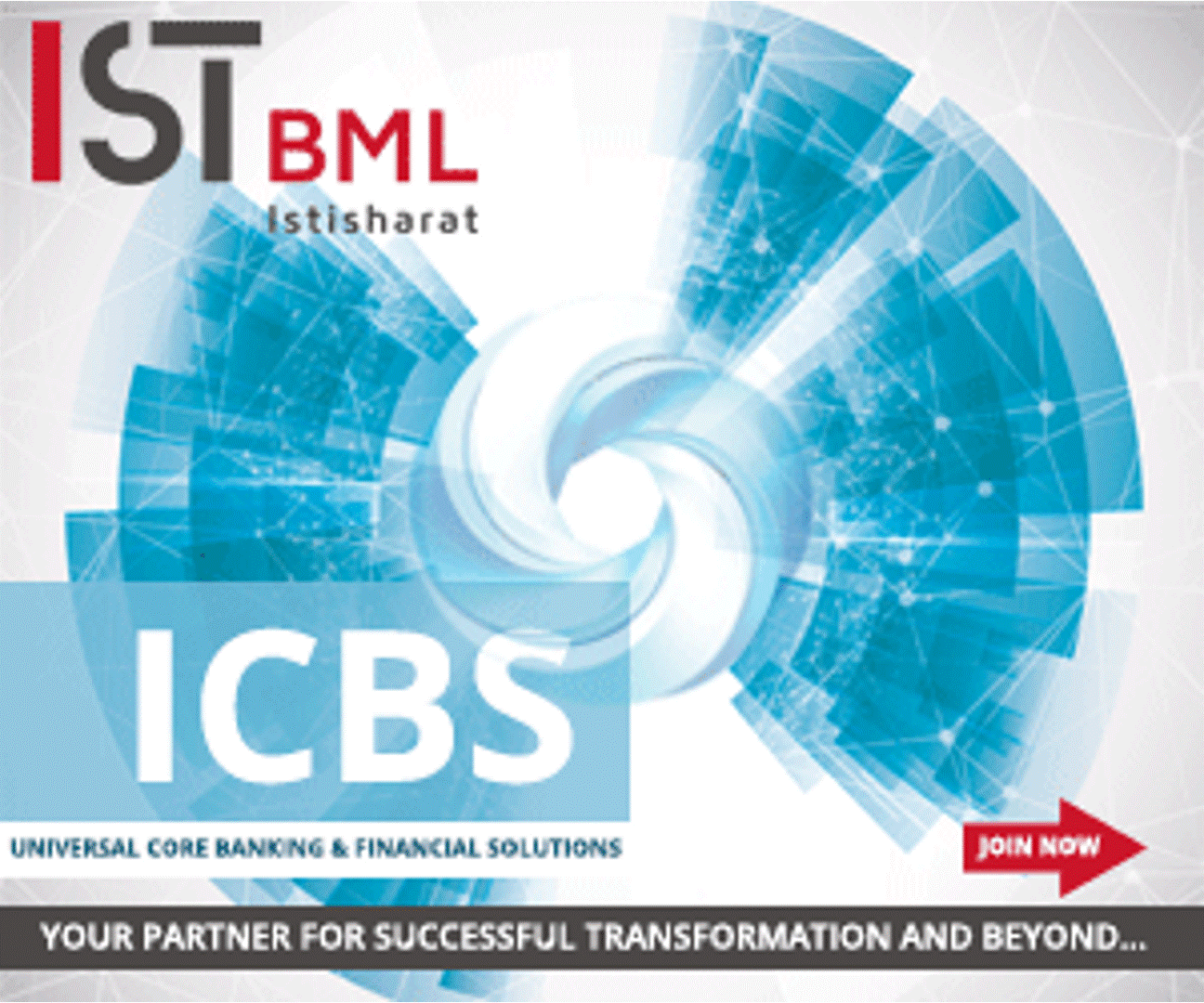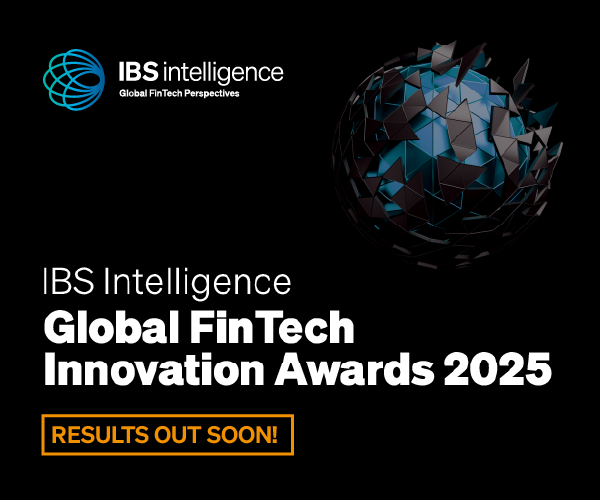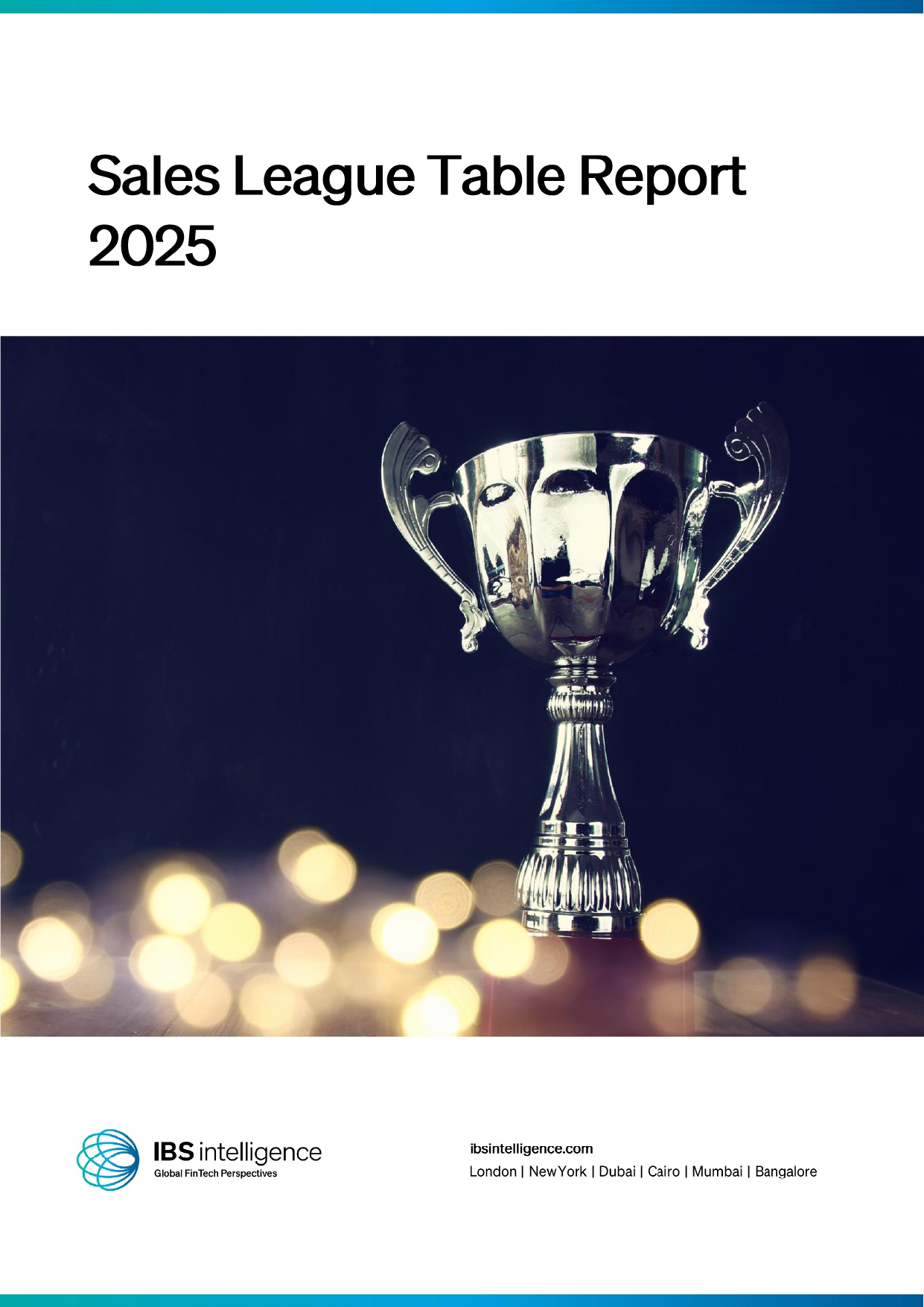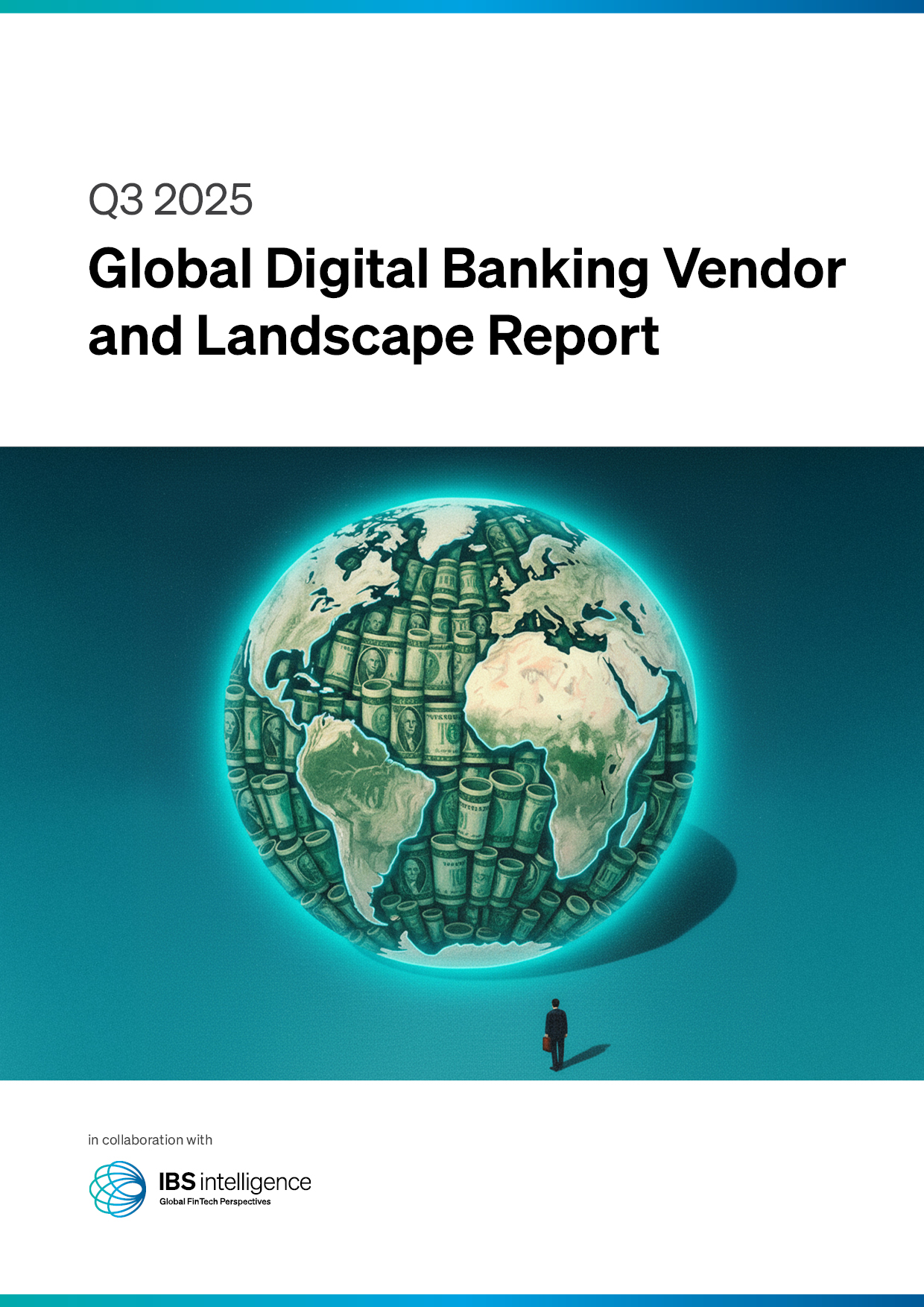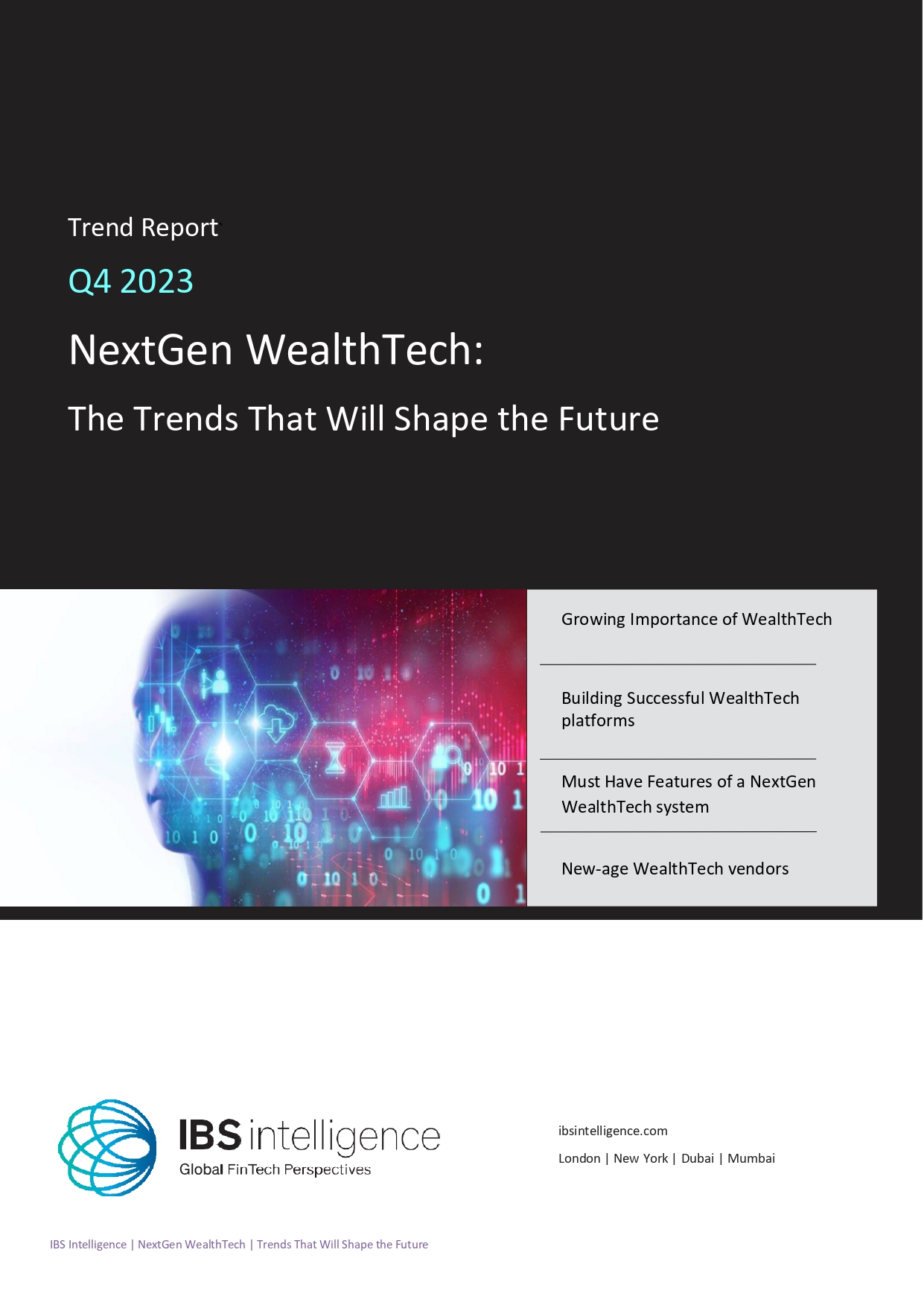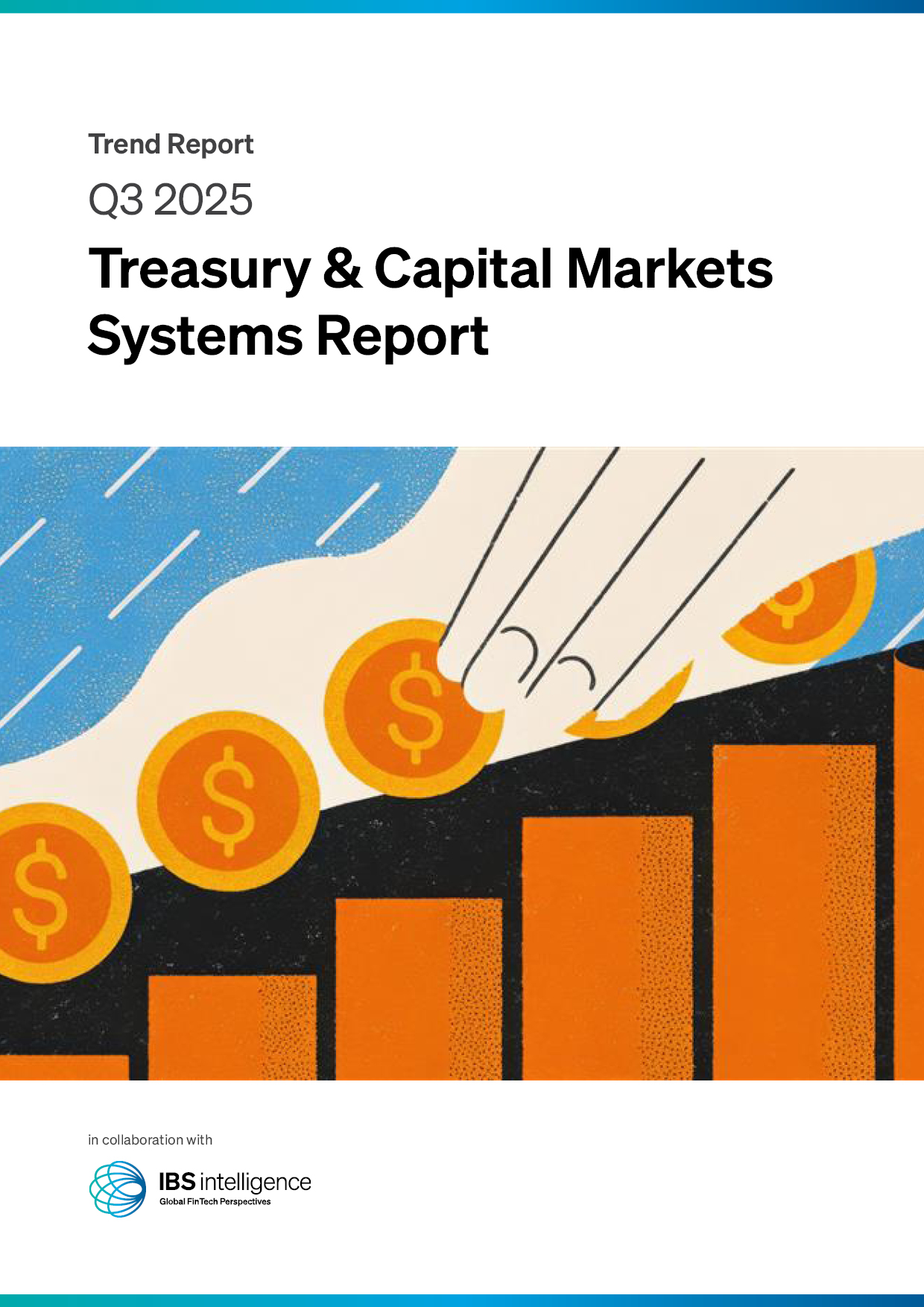 Back
Back
GDF: Lack of regulatory clarity is a top challenge for the crypto sector
By Puja Sharma


GDF has recently mobilized a working group to focus on global shared market surveillance, engaging many of the world’s largest crypto exchanges. It has called on agencies for greater regulation and cross-border coordination with the global crypto and digital asset sector.
The GDF annual member survey cited “lack of regulatory clarity” as a top challenge for the industry in 2022 for the third year running. This supports the call from agencies for the development of a global crypto and digital assets framework in 2022, calling for greater cross-border coordination of policy and regulation for the global crypto and digital assets sector.
“For the third year running, our annual member’s survey cites “lack of regulatory clarity” as a top challenge for the industry. Against a heightened increase for crypto policy and regulation already in 2022, we call on policymakers and agencies to further engage with the industry through the GDF co-regulation model,” said Lawrence Wintermeyer, executive co-chair of GDF.
Already in 2022, we are witness to an increasing focus on policy and regulation for the crypto and digital asset sector banking, securities, and tax laws as they may apply to stable coins, decentralized finance, non-fungible tokens, and cryptocurrencies, including the ongoing requirements for adherence to KYC/AML/CFT regimes.
“Meaningful compliance is the result of committed engagement with industry on the evolving challenges, together with innovative approaches to regulation that meet the demands of new technologies. GDF looks forward to greater dialogue and commitment with policymakers, agencies, and regulators in our co-regulatory model as the crypto and digital asset sector matures and continues to demonstrate its financial and social utility,” said Wintermeyer.
The priority now is greater than it has ever been for a measured approach, by regulator’s priorities and objectives, to global policy and regulations, and we call on policymakers and agencies to further engage with the industry through the GDF co-regulation model:
- GDF supports right size regulation of the crypto and digital assets sector through a global framework that will deliver meaningful compliance
- It called on regulators, agencies, and policymakers to further engage in our co-regulation model, a stewardship platform that sits in between the industry and regulators
- A call for greater support from regulators in further building out the GDF Codes of Conduct, to better meet requirements for conduct standards, in absence of regulations or in support of developing policy frameworks
- GDF supports high standards of conduct for the protection of customers and investors
- It supports the development of fair, transparent, and competitive global markets
- GDF members are committed to demonstrating to customers, employees, stakeholders, shareholders, policymakers, and regulators that they adhere to high standards of conduct and meaningful compliance.
The crypto and digital assets sector has the optimal conditions for a co-regulation model, as defined by Malcolm Sparrow, Kennedy School of Government, Harvard University, who has developed a framework of the 12 factors required to make a success of co-regulation. GDF’s alignment to these factors in the (continuing) development of its legal, governance, and operating model and an important consideration for policymakers and regulators.
During the 2017 ICO run, GDF convened the global crypto and digital assets sector in the development of taxonomies and codes of conduct. Since 2018, 10 GDF codes have been developed by global industry practitioners and have been held to account through a rigorous process of peer review, open to global public consultation, and in the full purview of agencies and regulators in its Regulator Only Forum, a quarterly forum with the voluntary attendance of over 25 conduct regulators and agencies.
“Regulatory clarity and greater certainty for the crypto and digital asset space took many steps forward in 2021. Through the GDF Regulator Only Forum and our Regulators Defi Knowledge Series, we are enabling the cross-border, cross-industry dialogue needed to promote sound policies for the global sector. As we progress, industry engagement with regulators is key to balancing consumer protection and innovation,” said Jeff Bandman, GDF board member and former LabCFTC head.
The group is developing a framework to include best practices for conducting market surveillance within an exchange; means for sharing insights from market surveillance amongst exchanges; and a proof of concept for enabling shared market surveillance. The group has discussed the scope of the effort, including ties to digital identity, the implications posed by DeFi, issues such as what constitutes market abuse, data protection across jurisdictions, communication with regulators, and governance.
Beyond codes and standards, GDF has established a governance node for FinP2P, an open-source, decentralized private market digital security network, which is leading the way in this space following a pilot engaging many of the world’s top financial institutions. This is a healthy indication of the trust engendered in GDF in the community to fulfill this important role for financial institutions.
Technology that moves private market securities onto smart contracts on the blockchain will open up an estimated $1tn market for primary and secondary funding to all investment segments and bring the access and transparency of public markets to private markets, in an already regulates segment of the industry.
Being digitally native, crypto assets are borderless. This is as true with the emergence of cryptocurrencies and digital tokens and is as or even more pertinent to activity in the DeFi industry. Divergent regulatory approaches are in danger of stifling innovation in home jurisdictions while incentivizing activities to move off-shore, further complicating conduct regulation, making compliance ineffective, and promoting regulatory arbitrage.
GDF believes that the best way to achieve a global, coordinated approach to the development of standards and regulation for the crypto and digital assets sector is through a co-regulatory model. The onus would be placed on the sector to demonstrate it is adhering to high standards that align with policymakers and regulators, while relevant (global) policies and regulations are fully considered to meet both the jurisdictional requirements regimes, as well as the requirements for global stability.
“We need an enabling environment that harvests the opportunities and mitigates the risks of crypto and digital assets. Innovation will depend on whether a jurisdiction’s environment creates barriers or opportunities and encourages engagement through the use of regulatory tools such as sandboxes and safe harbors. GDF’s co-regulatory approach will be more important than ever in the year ahead in terms of advocacy, standard-setting, and education on behalf of its members,” said Greg Medcraft, GDF board member, and former OECD director and IOSCO chair.
Through further industry engagement in a co-regulation model and cross-border collaboration with policymakers, agencies, and regulators, we can all make the most out of the innovation that this sector offers and continue to develop a better emerging landscape to engender meaningful industry compliance for the benefit of consumers and stakeholders globally.
IBSi FinTech Journal
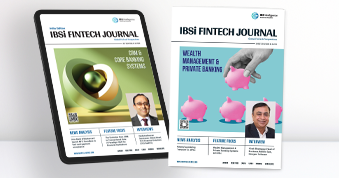
- Most trusted FinTech journal since 1991
- Digital monthly issue
- 60+ pages of research, analysis, interviews, opinions, and rankings
- Global coverage

